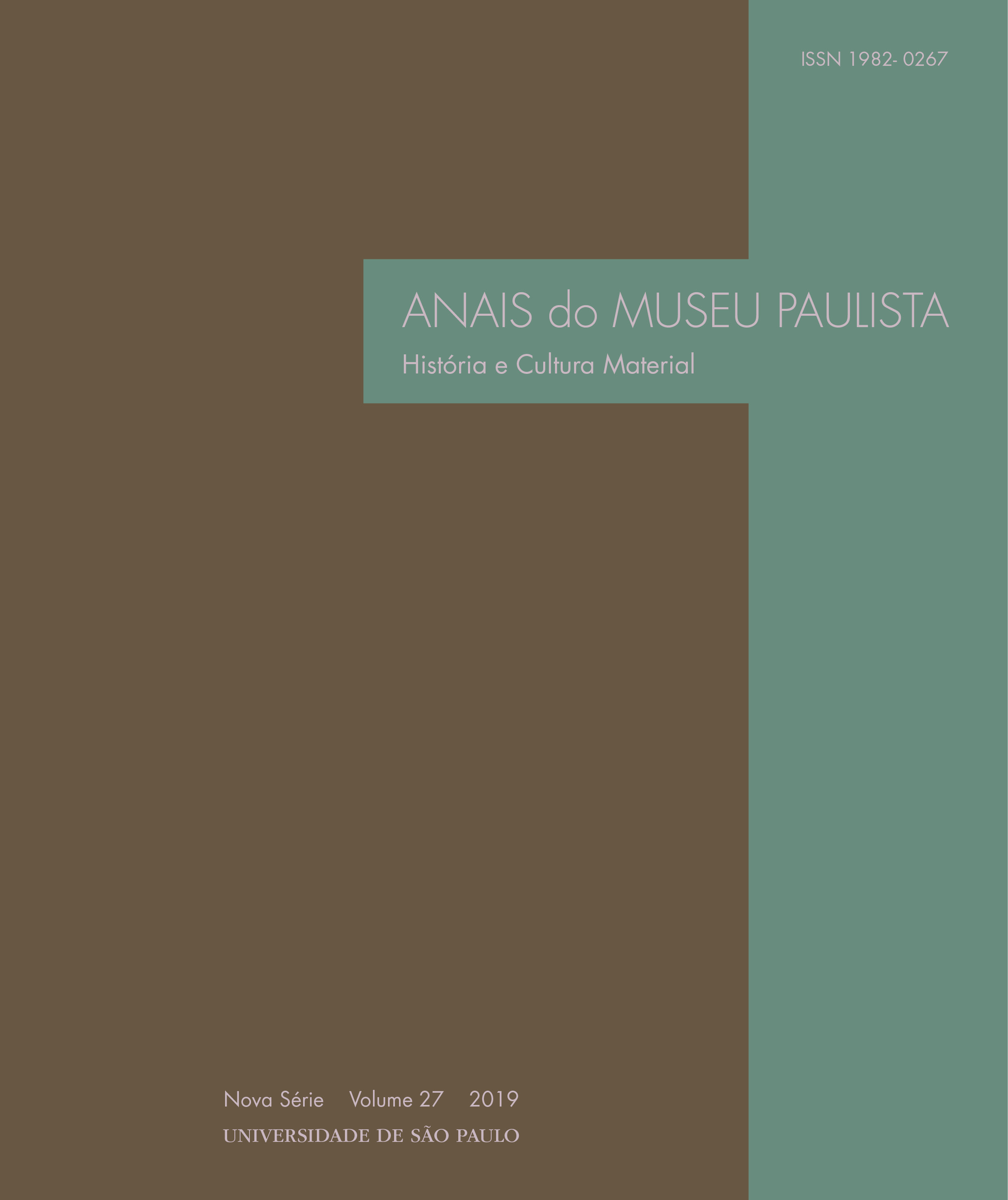The image of French decorators in the 20th century, a history of words and practices
DOI:
https://doi.org/10.1590/982-02672019v27e01Keywords:
Decorator, Decorator Artist, Ensemblier, Interior Architect, Decorative arts, ProfissionalizationAbstract
The semantic evolution of the word decorator reveals the identity processes at stake in the construction of the image of artists. At the dawn of the 20th century in France, the new values of this word were originated in the affirmation of the status of creative artist and in the consecration of the synthesis of arts. An ideal image of a decorating artist takes shape, but does not, however, refer to a stable professional category. In fact, there is no consensus in the scope of critical reception with regard to the competencies, between knowledge and savoir-fare, independent collaboration and project coordination, aesthetic vision and technical design, tailor-made or serial designs. From ensemblier to interior architects, the term decorator does not acquire any specific social and professional definition. The concept of modern French style decoration and the need to respond to real demands from society divides creators. Rationalist principles of arrangement of spaces, defended by the Union des artistes modernes (UMA) in 1929, placed the identity of ornamental decorators in definitive crisis. The semantic depreciation that extends during the Trente Glorieuses culminates in professional claims that revolve around the idea of the “trained architect”. Associations such as the Union des artistes décorateurs créateurs d’ensembles (UADCE) and unions such as the Créateurs d'architectures intérieures et de modèles (CAIM) represent new identity strategies in favor of the interior architect, model maker or, later, designer. The specialization and expansion of decorator’s skills during this period reveals the porosity and professional differences that are always difficult to legitimize.
Downloads
Downloads
Published
Issue
Section
License
Autores que publicam nesta revista concordam com os seguintes termos:
- Autores mantém os direitos autorais e concedem à revista o direito de primeira publicação, com o trabalho simultaneamente licenciado sob a Licença Creative Commons Attribution que permite o compartilhamento do trabalho com reconhecimento da autoria e publicação inicial nesta revista.
- Autores têm autorização para assumir contratos adicionais separadamente, para distribuição não-exclusiva da versão do trabalho publicada nesta revista (ex.: publicar em repositório institucional ou como capítulo de livro), com reconhecimento de autoria e publicação inicial nesta revista.
- Autores têm permissão e são estimulados a publicar e distribuir seu trabalho online (ex.: em repositórios institucionais ou na sua página pessoal) a qualquer ponto antes ou durante o processo editorial, já que isso pode gerar alterações produtivas, bem como aumentar o impacto e a citação do trabalho publicado (Veja O Efeito do Acesso Livre).



